Not Just Sushi: The Magic of Japanese Food
Japanese food isn’t just about raw fish and rice. It’s a full-blown experience packed with flavor, texture, and some seriously cool food traditions. For students who love exploring new tastes or are just tired of the same pizza-sandwich-noodle cycle, Japanese cuisine opens up a whole new world of food that’s as fun to eat as it is to say. Yes, ramen and sushi are great—but there’s a whole lineup of underrated, affordable, and totally student-friendly options out there.
And let’s be real—college life is all about trying new things, including food. Whether you’re in Japan or just grabbing a bento box from a local Asian grocery store, knowing what to order (or cook) is super helpful. Plus, after you’ve tackled your classes, club meetings, and that custom essay deadline you forgot about until the last second, treating yourself to some takoyaki or miso soup feels like a well-deserved win!
Don’t Sleep on Onigiri
Onigiri is basically Japan’s version of a sandwich—but better. It’s a triangle or oval-shaped ball of rice wrapped in nori (seaweed), usually stuffed with something salty or savory inside. Think tuna mayo, pickled plum, or grilled salmon.
Why students love it:
- Cheap (like really cheap).
- Filling without making you sleepy.
- You can eat it on the go, between classes or during library breaks.
Pro tip: If you’re buying it from a store, check the packaging instructions on how to unwrap it—there’s a specific way to peel the plastic so the seaweed stays crispy. Trust the process.
Onigiri comes in numerous regional varieties, each offering unique flavors and fillings. Exploring these different types can add an exciting twist to your snack routine. For a comprehensive overview of onigiri varieties and recipes, check out this detailed guide on onigiri.
Try Okonomiyaki: Japan’s Savory Pancake
Okonomiyaki is a total comfort dish. It’s kind of like a thick pancake but made with cabbage, batter, and anything you want to throw in—meat, shrimp, noodles, cheese. The name literally means “grilled as you like it.”
What makes it awesome:
- You can DIY it in a dorm kitchen with a frying pan.
- Tastes amazing with that signature drizzle of okonomiyaki sauce (a tangy, sweet-savory glaze).
- It’s super customizable for vegetarians or picky eaters.
If you see it at a Japanese restaurant, order the Hiroshima style—it comes with noodles inside for extra carb joy. This layered version offers a distinct texture and flavor profile worth trying. For more insights into Hiroshima-style okonomiyaki, refer to our in-depth article.
Ramen Isn’t Just Instant Noodles
Okay, yes, you probably already eat ramen. But real Japanese ramen? That’s a whole different story. We’re talking rich broth, chewy noodles, soft-boiled eggs, and perfectly marinated meat. There are different regional styles too:
- Tonkotsu: Creamy pork-based broth.
- Shoyu: Soy sauce-based and a little lighter.
- Miso: Rich and slightly nutty.
- Shio: Salt-based and clear.
For students:
- Instant ramen upgrades are easy—just add an egg, green onions, or frozen dumplings.
- If you can find a ramen shop near your campus, it’s worth checking out during finals week for comfort food that actually fills you up.
Karaage: Japan’s Chicken Nugget Glow-Up
Karaage is Japanese fried chicken, but it’s not your usual fast-food deal. The chicken is marinated in soy sauce, ginger, and garlic before getting fried. It’s juicy, flavorful, and usually served in bite-sized chunks.
Why it’s incredible:
- Great for meal prep or snacking during late-night study sessions.
- Way more flavorful than Western fried chicken.
- It pairs well with rice or just on its own.
Quick tip: Some Japanese convenience stores (like 7-Eleven or Lawson) have killer karaage if you’re ever traveling in Japan.
Miso Soup Deserves More Respect
Miso soup isn’t just a side dish. It’s a soul-soother. Made from fermented soybean paste, dashi broth, tofu, and green onions, this soup is warm, simple, and deeply satisfying.
Perfect for students because:
- It’s super cheap to make.
- You can buy instant miso soup packs for dorm life.
- It helps with digestion (especially helpful after that greasy takeout).
Try drinking it with breakfast—it’s how a lot of people in Japan start their day, and it might just change your morning vibe.
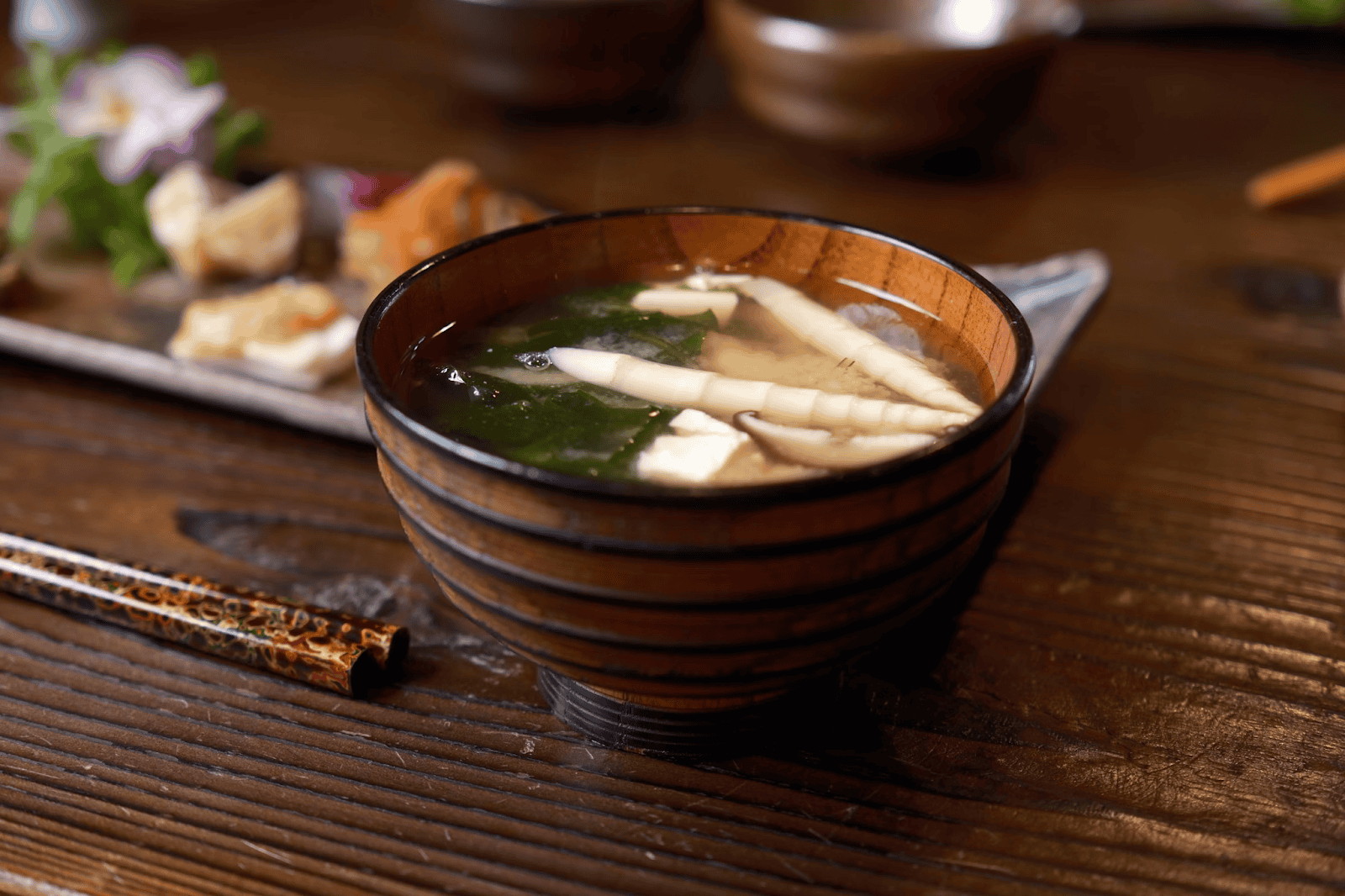
Takoyaki: The Ultimate Snack Food
Takoyaki are little golden balls filled with diced octopus, green onions, and pickled ginger, topped with sauce, mayo, and bonito flakes that dance in the heat. They’re crisp on the outside and gooey inside.
Why students should try it:
- It’s the perfect late-night snack.
- Available frozen if you want to heat and eat.
- Watching them cook on a takoyaki grill is oddly satisfying.
Even if you’re not into octopus, try it once for the experience. There are veggie-friendly versions too!
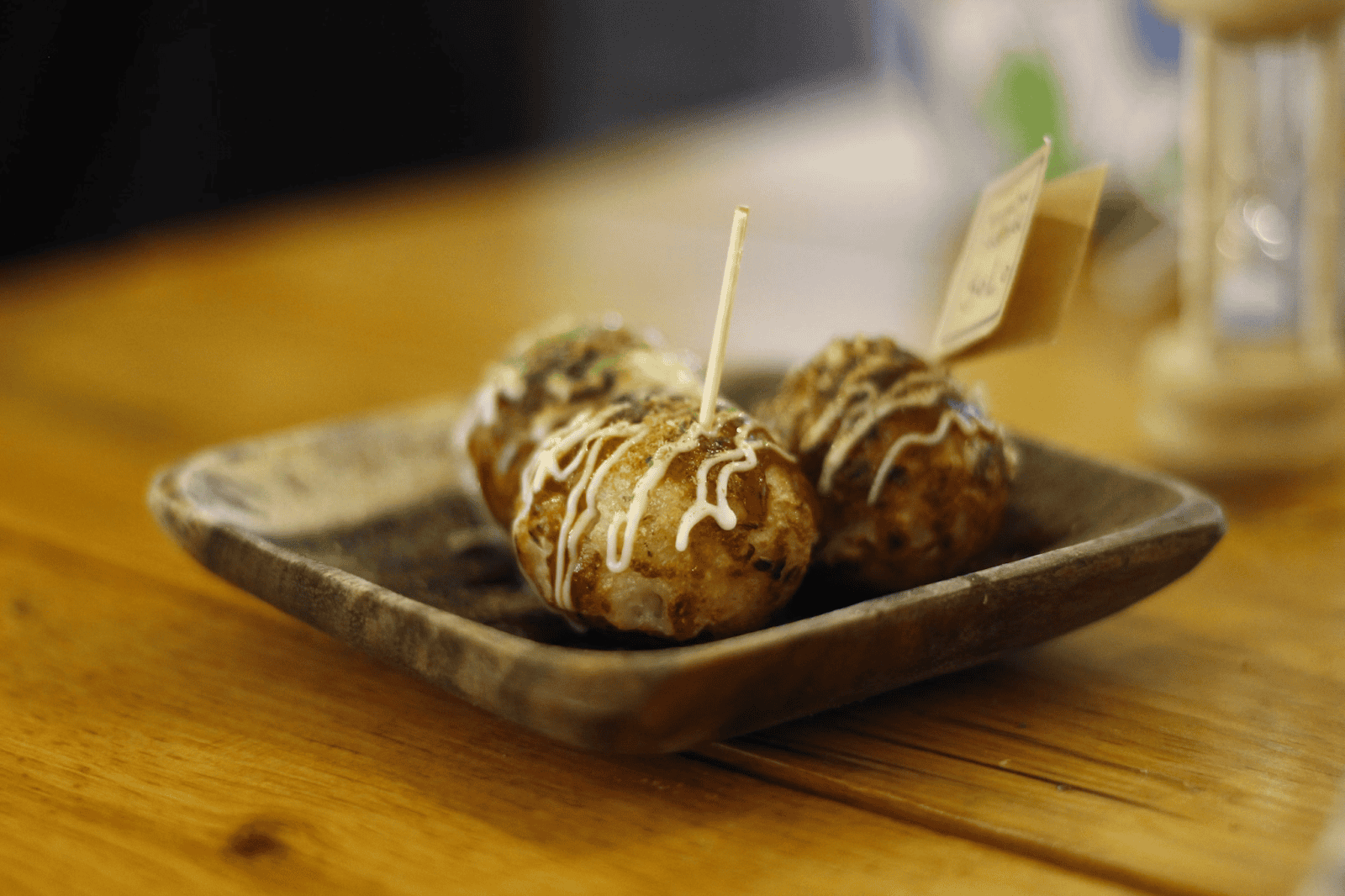
Bento Boxes for the Win
If you want a meal that’s filling, balanced, and neatly packed, the bento box is your best friend. It usually includes rice, some protein (fish, chicken, or tofu), veggies, and maybe a small dessert.
How to bento like a pro:
- Pack leftovers in a divided container—it’s basically DIY meal prep.
- You don’t need fancy gear. Tupperware works.
- Add a fun touch like furikake (rice seasoning) or a boiled egg shaped like a bunny (Google it, it’s a thing).
It’s healthier than fast food and feels like you’re actually adulting (even if you’re not yet).
Japanese Sweets: Not Just for Dessert People
Japanese sweets are less about being overly sugary and more about texture and subtle flavors. Think chewy mochi, sweet red bean paste, or matcha everything.
Must-tries:
- Mochi – Soft, chewy rice cakes. Some are filled with ice cream.
- Dorayaki – Like a pancake sandwich with a sweet filling.
- Daifuku – Mochi filled with red bean paste or custard.
- Pocky – Chocolate-dipped biscuit sticks (snack drawer essential).
They’re perfect for sharing or for when you want a sugar hit without a crash afterward.
Final Thoughts
Japanese food is way more than just sushi rolls it’s a full-on experience that fits perfectly into student life. It’s budget-friendly, easy to customize, and offers a fresh twist when your regular meals start to feel boring. From the snack-worthy takoyaki to the meal-prep magic of bento boxes, there’s something for every student’s schedule, mood, and hunger level.
So next time you’re stuck deciding what to eat, skip the usual and reach for something with a little more umami. Your tastebuds and your brain will thank you!
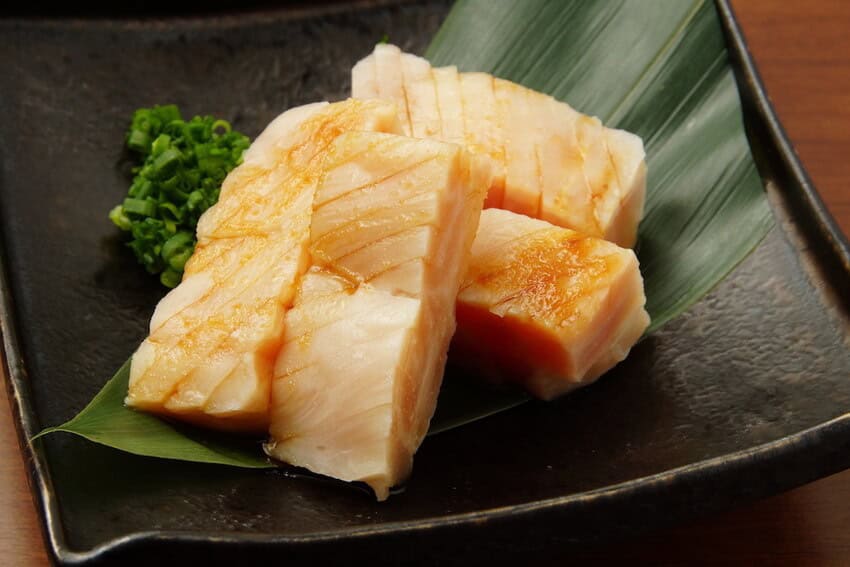
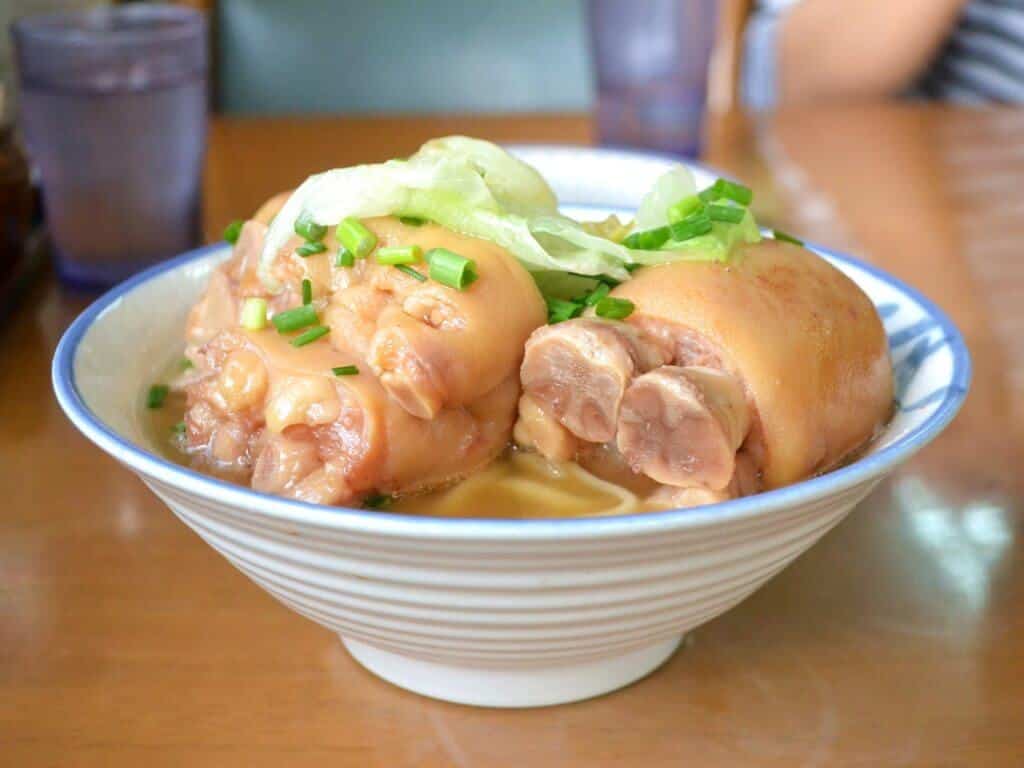

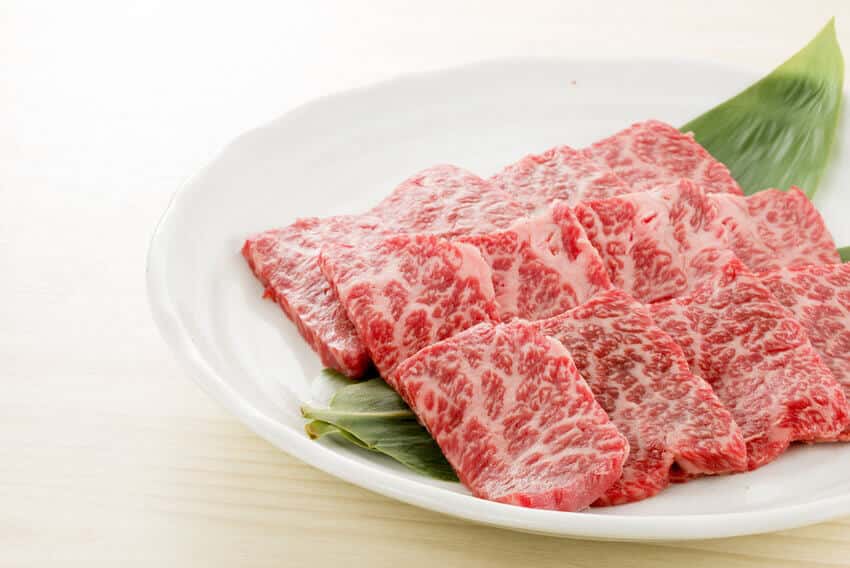
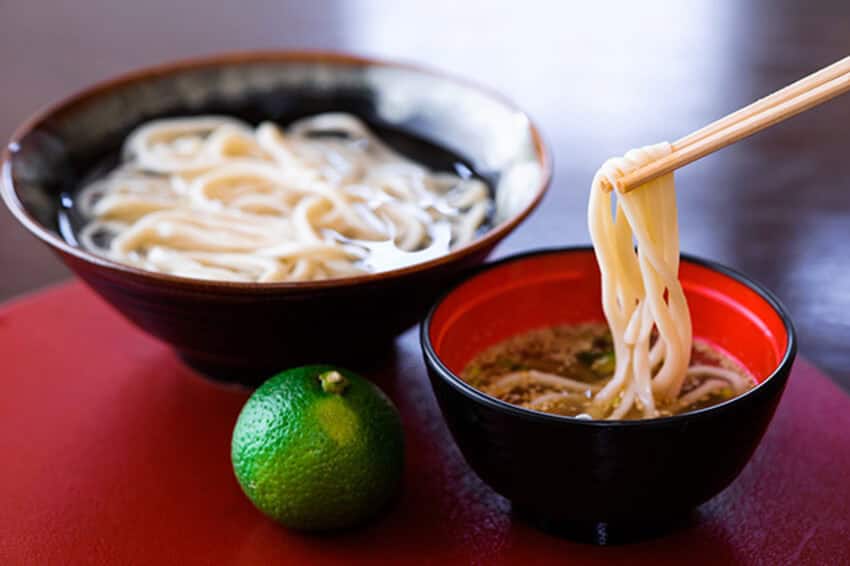

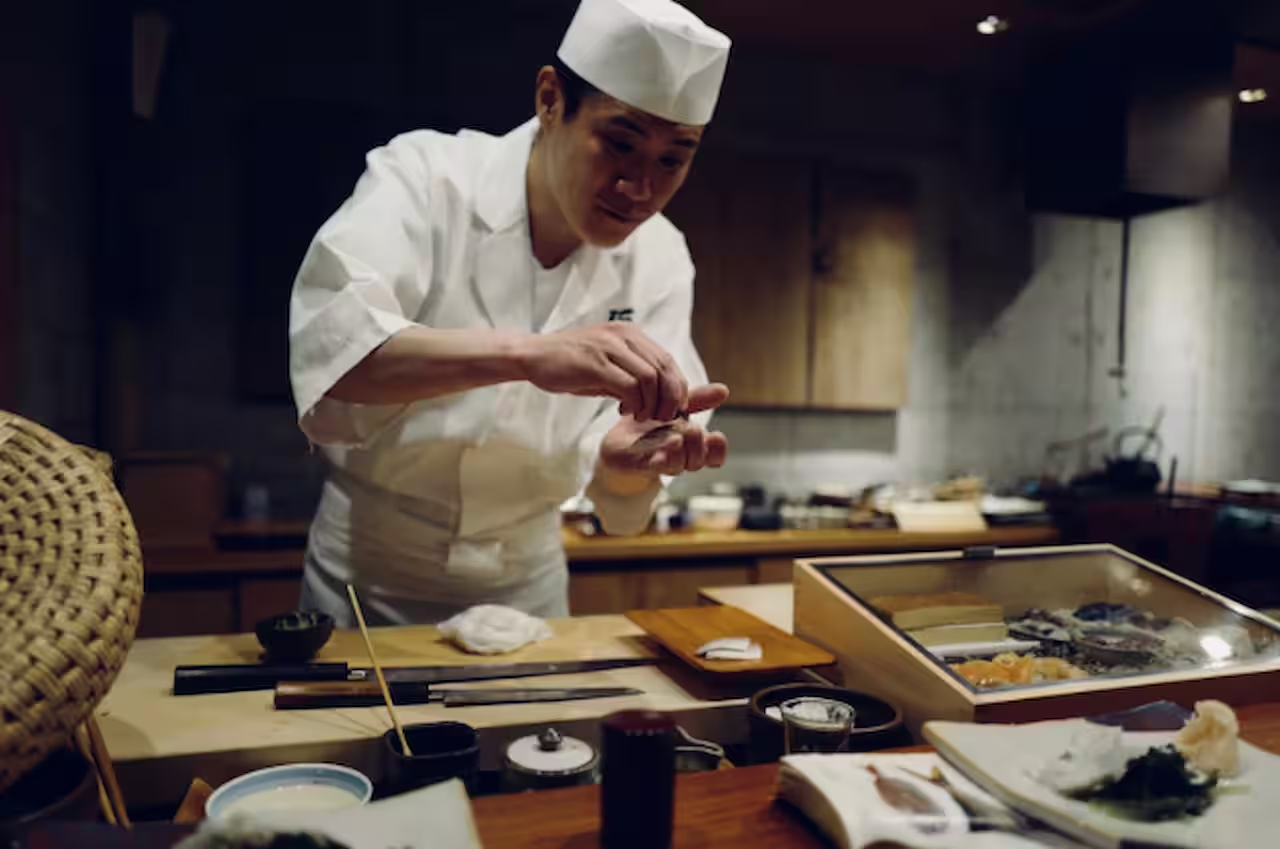
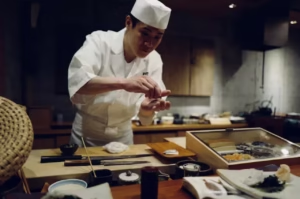
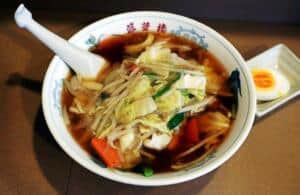
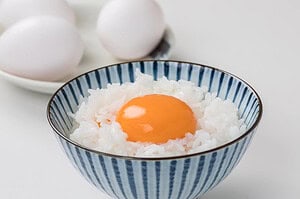
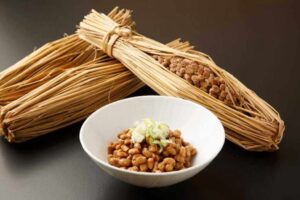

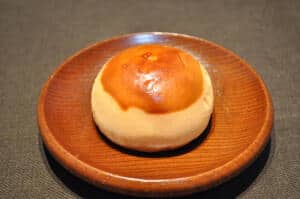

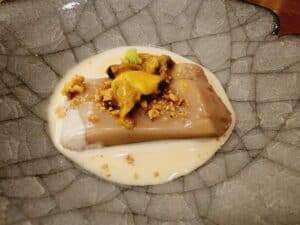
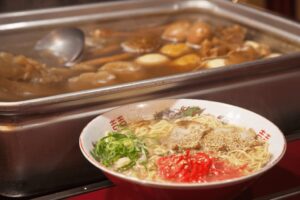
Comments